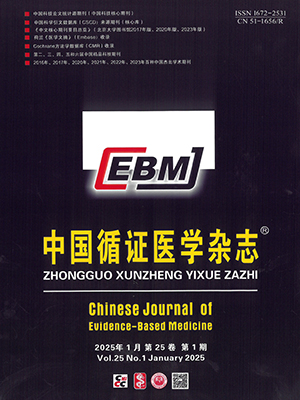The main approaches to medical education reform that have been introduced elsewhere in the world, including the integration of basic and clinical sciences into organ-based model, the establishment of a Center for Faculty Development and problem-based learning (PBL) have been introduced to the College of Medicine, Chung Shan Medical University (CSMU) since the mid 1990s.
The process of developing the PBL approach can be divided into the following stages: Observation (1994-2000): In this stage, CSMU observed the practice and effectiveness of PBL programs in other domestic and foreign medical schools. At the same time, we assessed the possibility of introducing PBL to Chung Shan. When the authority decided to introduce PBL, a PBL committee was inaugurated. Preparation (2000-2002): In this stage, tutor training took place, as well as PBL case writing workshops to reach consensus among the faculty. To reduce the total amount of curricula and traditional teaching hours, we combined and simplified related curricula, so that one and half weekdays were reserved for PBL tutorials and students’ self-study. A preliminary course about how to learn well, including the philosophy and methodology of learning as well as evidence-based medicine (EBM), was integrated into premedical curricula. Practice (2002-2004): In light of the number of trained tutors and written cases that have been prepared, and the desire that the PBL would be successful from the start, CSMU chose to introduce PBL to the clinical curricula first in a hybrid curriculum design. This meant that the traditional teaching was retained at the beginning. Evaluation of PBL by the students was done at the end of each semester. Tutor meetings were held twice per semester. Advancement (2004-2006): In this stage, PBL was introduced to the basic medical curricula as well as to the premedical general curricula. Based on our experience and comprehensive evaluation, a PBL guidebook for tutors and students has been published and delivered to both groups. We also developed an on-line evaluation system containing the evaluation forms for students and tutors. Excellence (2006 onwards): In this stage, the PBL website and learning resources will be further developed, and we are designing the system for on-line PBL practice.
In conclusion, the introduction to PBL for medical education is reasonable and feasible. It requires b administrative support, a long-standing and high commitment of the PBL committee, consensus among the faculty and an appropriate planning and evaluation mechanism.
Citation: MengChih Lee,JenHung Yang,ShuHsin Lee,TeJen Lai,ChiChou Huang,KwoChang Ueng,MingShiou Jan,Jye Lee,ChunChe Lin,LongYau Lin,MingChih Chou,ChungSheng Lin,TsungPo Tsai,MingJen Chou,JiaYu Chen. Adoption of PBL in Medical Education: Experience at Chung Shan Medical University. Chinese Journal of Evidence-Based Medicine, 2006, 06(10): 699-704. doi: Copy
Copyright © the editorial department of Chinese Journal of Evidence-Based Medicine of West China Medical Publisher. All rights reserved




